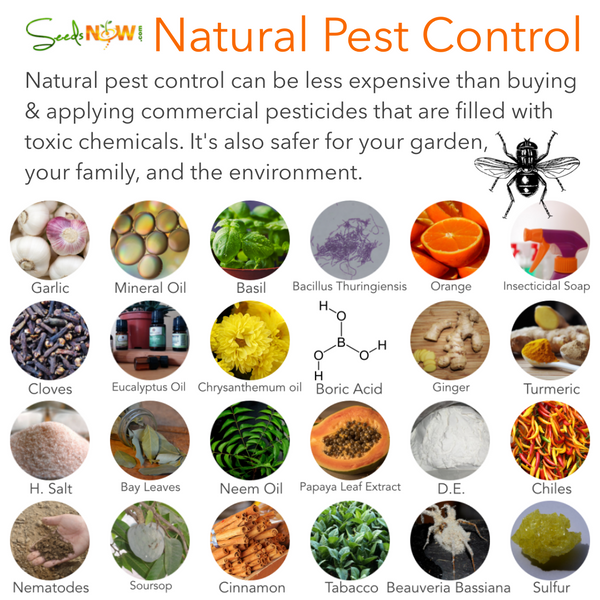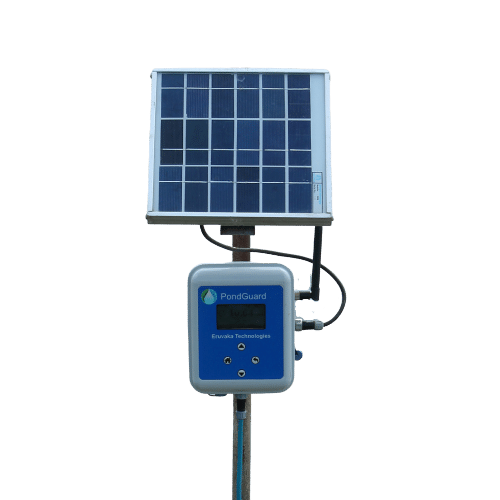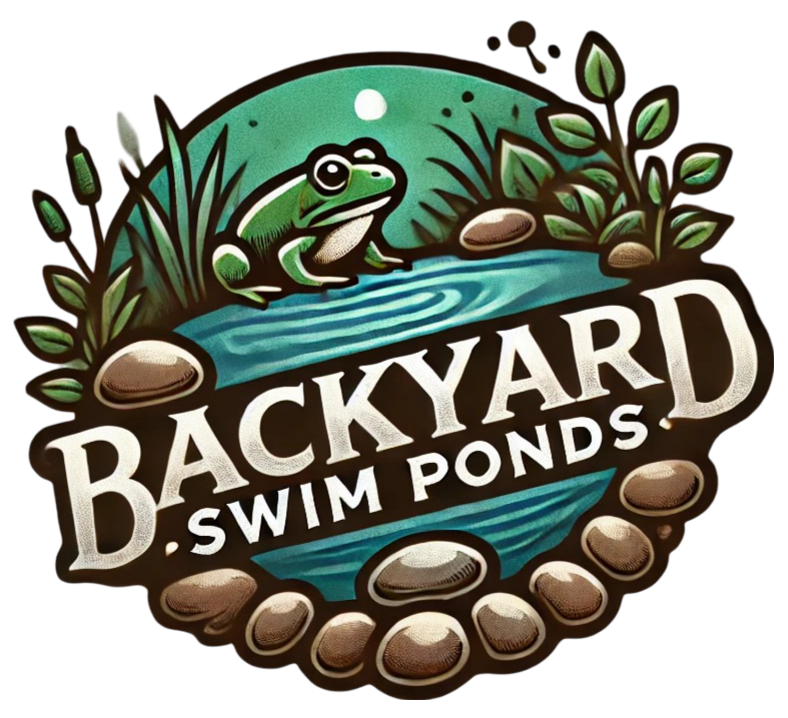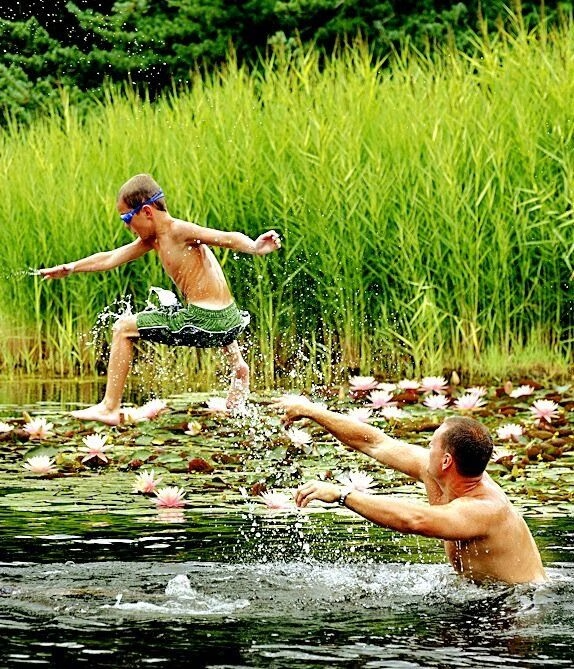Establishing a swim pond that serves both functional and ecological purposes is becoming increasingly popular among environmentally conscious homeowners. These natural swimming spaces not only offer a unique way to enjoy water recreation but also play a significant role in supporting local ecosystems. By combining human enjoyment and wildlife habitats, you can create a serene landscape that enhances your property’s ecological value.
Swim ponds are designed to mimic natural water bodies, providing a habitat for diverse flora and fauna. When correctly constructed and maintained, they can serve as a sustainable, aesthetically pleasing alternative to traditional swimming pools. In this guide, we’ll explore practical steps for designing, creating, and maintaining a wildlife-friendly swim pond that attracts beneficial species, controls pests, and sustains water quality.
Let’s dive into the best practices for creating a swim pond that will benefit both your family and the surrounding wildlife.
Why Create a Swim Pond That Benefits Wildlife?
Swim ponds play a crucial role in local ecosystems, contributing to biodiversity and enhancing water quality. These ponds function as habitats for various wildlife species, including frogs, dragonflies, and a rich variety of aquatic plants. Understanding their ecological impact can highlight the numerous advantages they offer.
Investing in a swim pond fosters biodiversity by creating environments that attract various species. Research conducted by the Natural Filtration Society indicates that implementing natural filtration systems can significantly reduce, or even eliminate, the need for harmful chemicals. This shift not only promotes healthier water but also bolsters surrounding aquatic life.
In addition to ecological benefits, swim ponds provide recreational opportunities for families. They offer a natural swimming experience and are often visually striking, becoming focal points in landscaping. Furthermore, properly integrated designs enhance the ecological restoration value of your property.
Source: Splash Supply Co.
How to Design the Perfect Wildlife-Friendly Swim Pond
The design of your swim pond is critical for attracting wildlife while ensuring it remains enjoyable for swimming. Essential considerations include dimensions, depth, and functions that serve both people and wildlife.
A well-designed swim pond should incorporate swimming zones, regeneration zones, and wildlife habitats. For example, creating shallow ledges and wildlife escape ramps allows animals easy access to the water. Maintaining edges at a gentle slope of about 1:3 maximizes accessibility for frogs and other creatures.
Plant life is equally important. Ideally, about 60-70% of the pond’s surface should be covered with native vegetation, providing essential shelter and natural filtration. The Wildlife Habitat Council suggests maintaining these transition areas with native species to support diverse wildlife.

Source: Broadley Aquatics
Choosing Native Plants to Enhance Your Pond’s Ecosystem
Selecting the right native plants for your swim pond is essential for promoting its ecosystem. Native species adapt well to local conditions and provide habitats for wildlife.
For instance, in the Northeast, consider Pickerelweed (Pontederia cordata) and Blue Flag Iris (Iris versicolor). In the Midwest, Coon’s Tail (Ceratophyllum demersum) and Water Lily (Nymphaea odorata) are excellent choices. The Southeast region benefits from Duck Potato (Sagittaria latifolia) and Water Mint (Mentha aquatica), while the Southwest thrives with Arrowhead (Sagittaria spp.) and Sweet Flag (Acorus calamus).
By incorporating a diverse array of native species, you create a rich habitat that supports various wildlife. According to the U.S. Fish and Wildlife Service, diversity in plant life not only fosters a balanced ecosystem but also improves overall water quality.

Source: Welcome Wildlife
Natural Filtration Systems: Sustainable Swimming Pond Management
Implementing a natural filtration system is vital for maintaining water clarity and quality in your swim pond without relying on harmful chemicals. Such systems combine biological and mechanical methods, leveraging the benefits of native plants and beneficial bacteria.
Include a regeneration zone with aquatic plants such as cattails and water lilies. Incorporating gravel substrates that host beneficial bacteria will help break down organic waste, ensuring clean water. The Natural Filtration Society estimates that these systems can remove chemical treatments by as much as 100%.
To achieve optimal results, aim for 4-6 water turnovers per day and maintain a pH between 5.5 and 6.5. Fostering a cleaner pond helps to create a healthier habitat for wildlife.

Source: Shutterstock
Creating a Wildlife Haven: Attracting Frogs and Dragonflies
To effectively attract frogs, dragonflies, and other beneficial wildlife to your swim pond, it’s essential to incorporate necessary habitat features. Frogs require shallow areas for breeding, while dragonflies need perches and vegetation for hunting.
Including plants that support the lifecycle of these creatures is crucial. Native flowers help draw in beneficial insects, while mud banks offer nesting sites for frogs. The Wildlife Habitat Council emphasizes that strategically implementing these features creates a balanced ecosystem and a thriving wildlife haven.
Diverse aquatic environments within your pond can meet the varying needs of these creatures, ensuring a welcoming space for all.

Source: Dreamstime
Managing Pests: Natural Solutions Without Harm
Balancing pest control and ecological integrity is essential for any wildlife-friendly swim pond. While ponds might attract mosquitoes, there are effective natural solutions to manage these populations without harming other species.
Using Bacillus thuringiensis israelensis (BTI) provides a wildlife-safe method for targeting mosquito larvae. This beneficial bacterium poses no risk to fish or other aquatic life, effectively killing mosquito larvae upon contact.
Additionally, employing barley straw as a natural algae deterrent can help keep your pond clear while promoting environmental sustainability. Adopting these strategies without chemical interventions is key to maintaining balance in your swim pond ecosystem.

Source: Shopify
The Essential Guide to Swim Pond Maintenance
Maintaining your swim pond requires consistent attention throughout the seasons. Understanding the necessary tasks during each season will help you keep your pond healthy and thriving.
In spring, focus on removing debris and checking water quality. Summer should entail regular checks for plant health and water levels. During fall, trim back plants, while winter monitoring ensures that ice doesn’t obstruct wildlife access.
Experts recommend maintaining 4-6 water turnovers daily to keep your pond in good condition. Routine tests for pH and clarity will help you identify any issues early, ensuring a stable ecosystem.

Source: BigCommerce
Understanding Legal Permits and Regulations
When it comes to constructing a swim pond, navigating legal requirements can vary significantly by region. Familiarize yourself with federal, state, and local regulations to ensure compliance before beginning your project.
You may be required to secure a permit under the Clean Water Act if your pond impacts wetlands or streams. In states like California and Virginia, specific permits related to water protection must be considered before you start construction.
Always consult local authorities to ensure your design meets necessary regulations. This diligence can save you both time and money in the long run.

Source: Valley NE
Challenges and Solutions for Maintaining Your Pond
Maintaining a wildlife-friendly swim pond does come with its own set of challenges. Common issues include mosquito infestations and algae growth.
To effectively combat mosquitoes, keep tabs on the water and consider introducing fish that feed on larvae. For algae, utilizing competitive plant life can minimize excess growth, resulting in a more balanced ecosystem.
Embracing modern technology, such as water monitoring systems, can provide insightful data on your pond’s health, allowing for timely interventions when necessary.

Source: Hiotron
Conclusion
Creating a wildlife-friendly swim pond involves intentional design, thoughtful planting, and consistent maintenance. Each of these elements contributes to a healthy ecosystem that benefits both local wildlife and your family’s recreation.
By focusing on natural filtration systems, selecting appropriate native plants, and considering effective pest management, you can craft a swim pond that enhances your property and supports ecological balance. Your swim pond can become a sanctuary for both you and the myriad of species that depend on it, offering a peaceful retreat in your own backyard.
Embrace this rewarding journey and enjoy the beauty and tranquility a wildlife-friendly swim pond can bring to your home!

